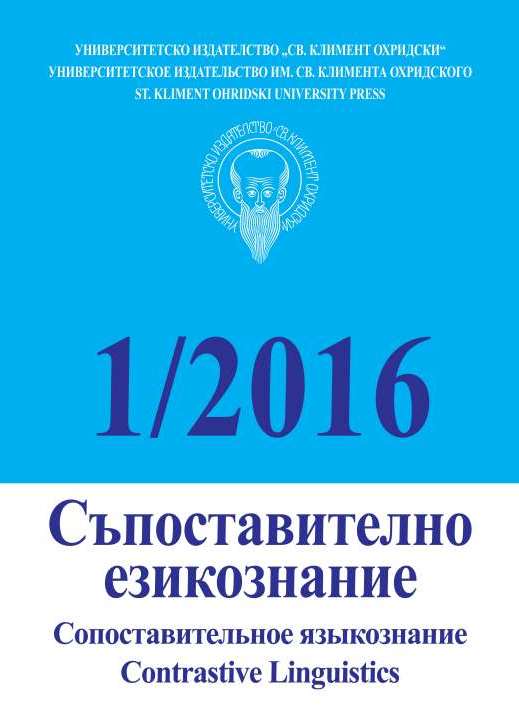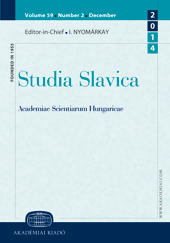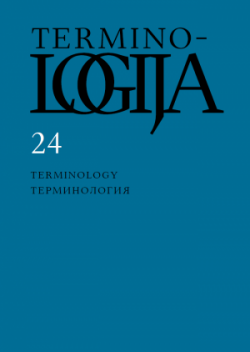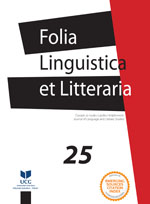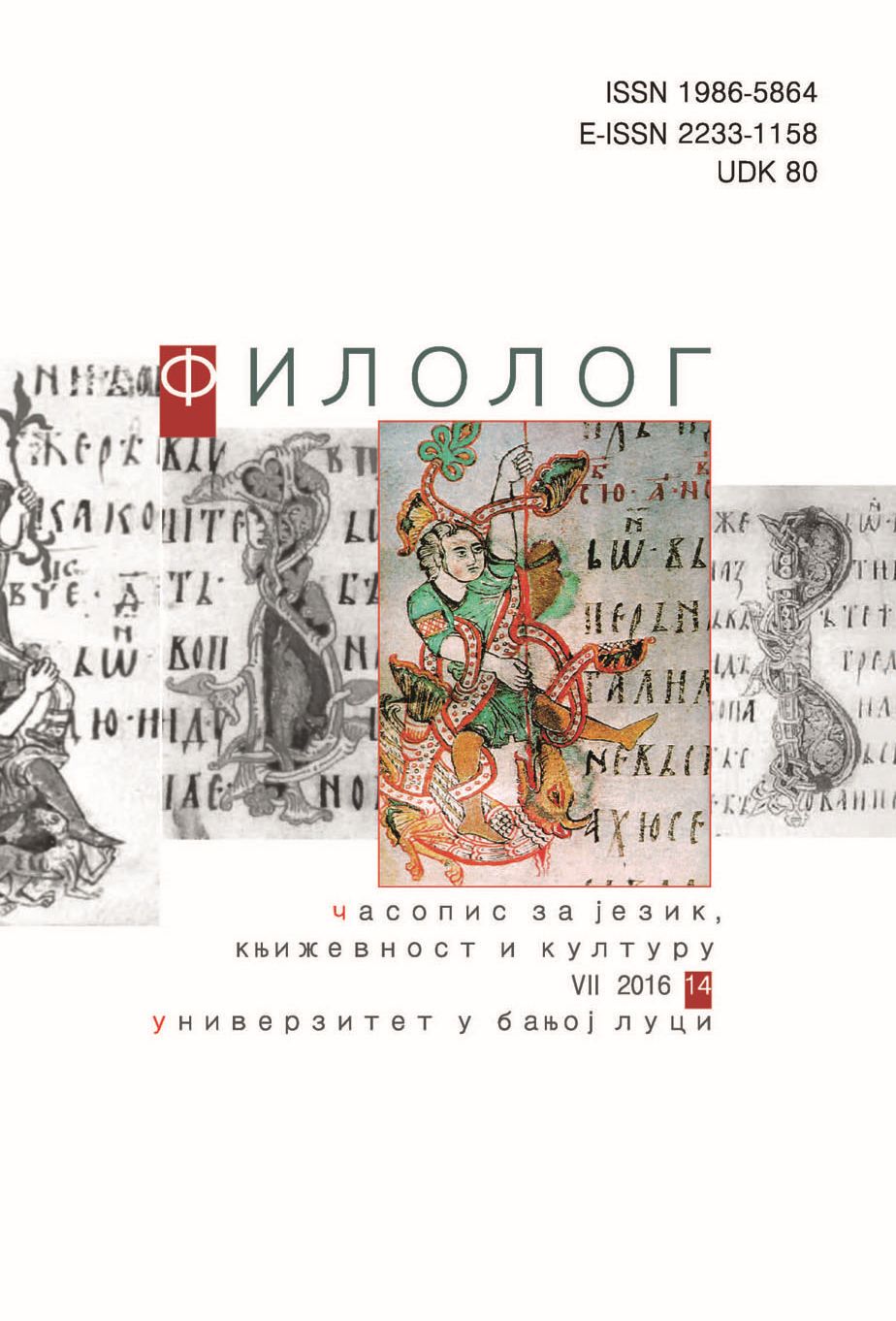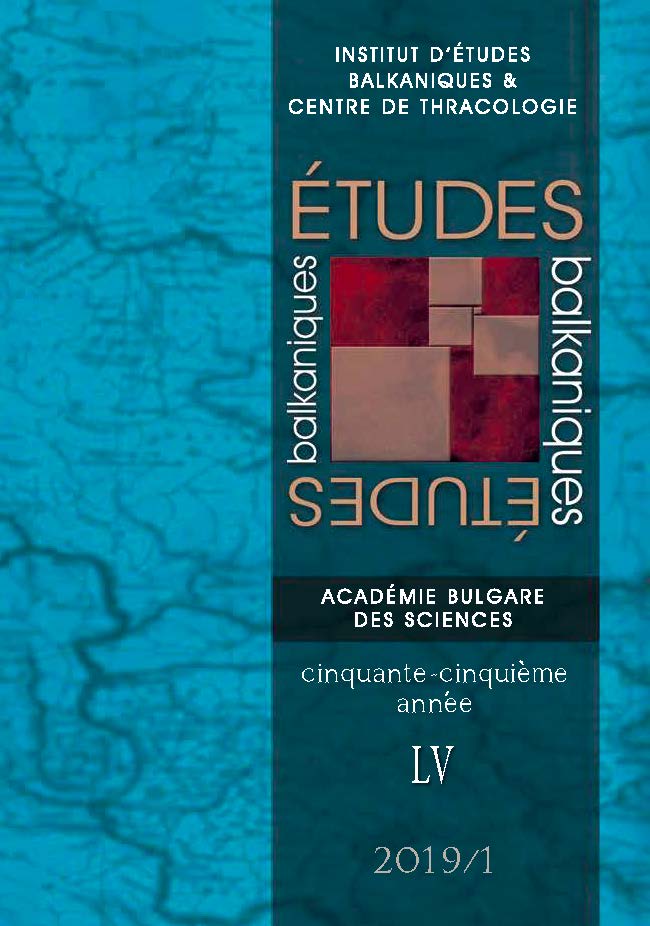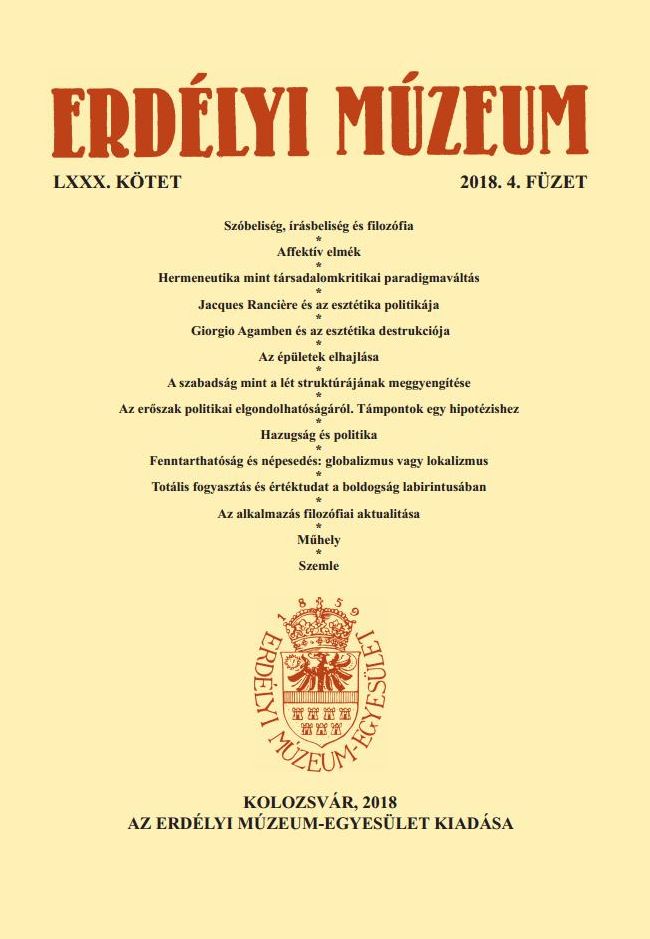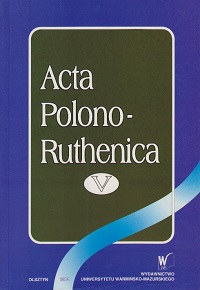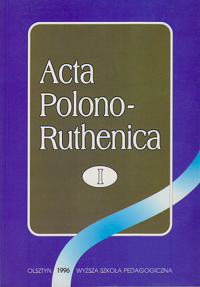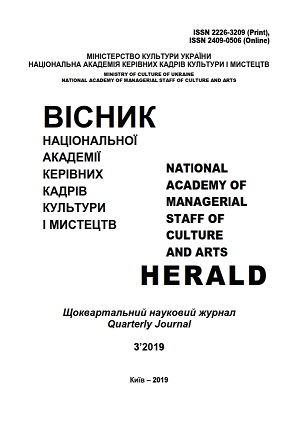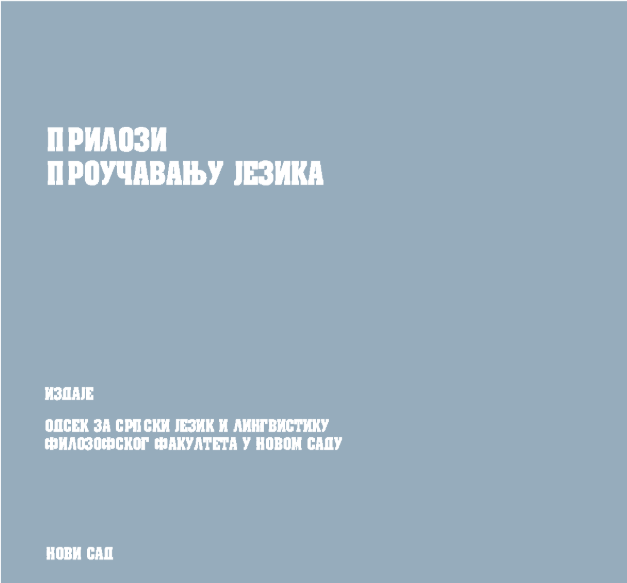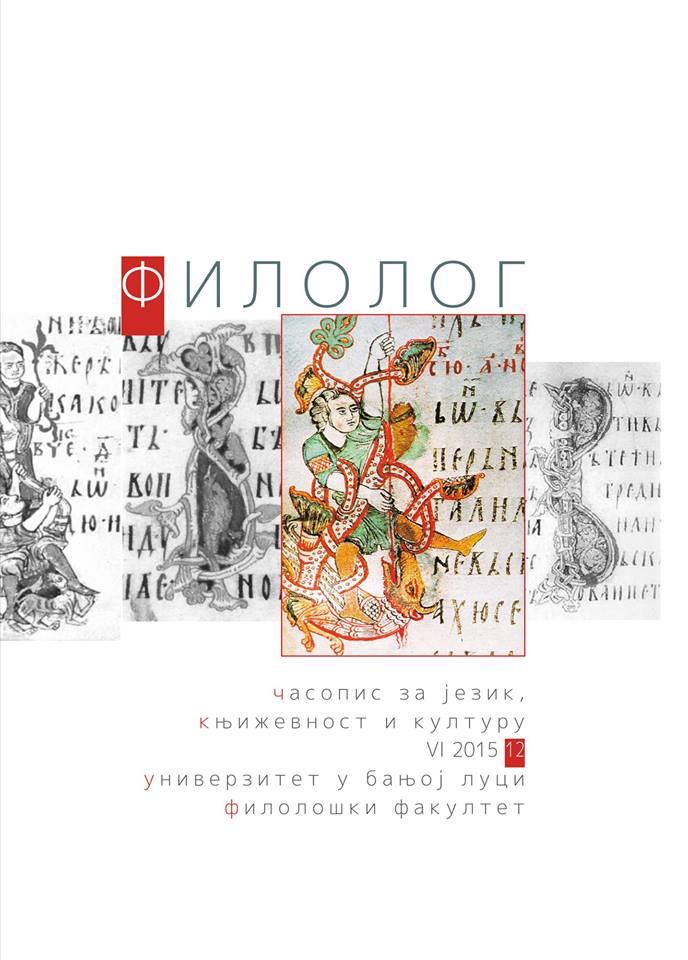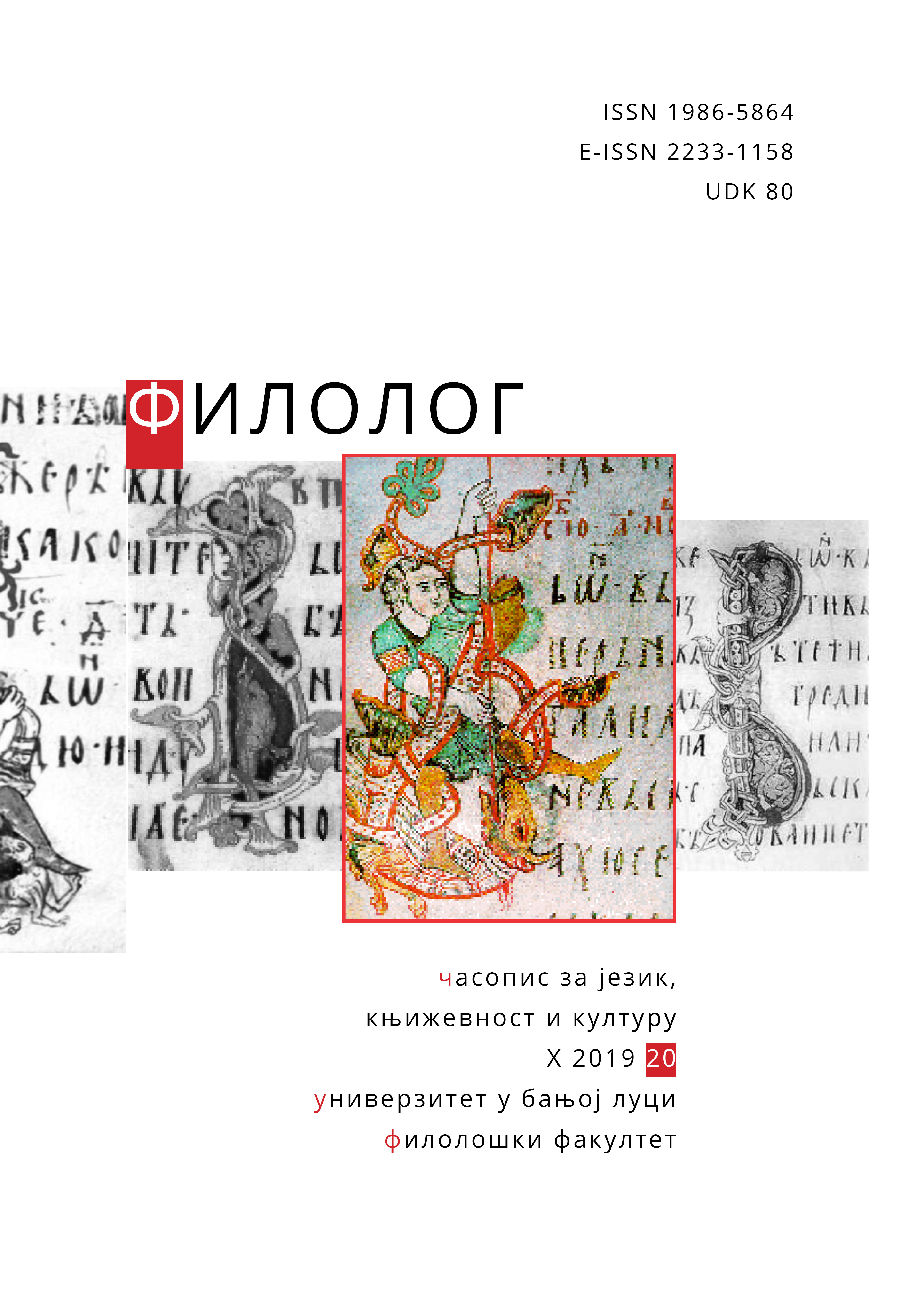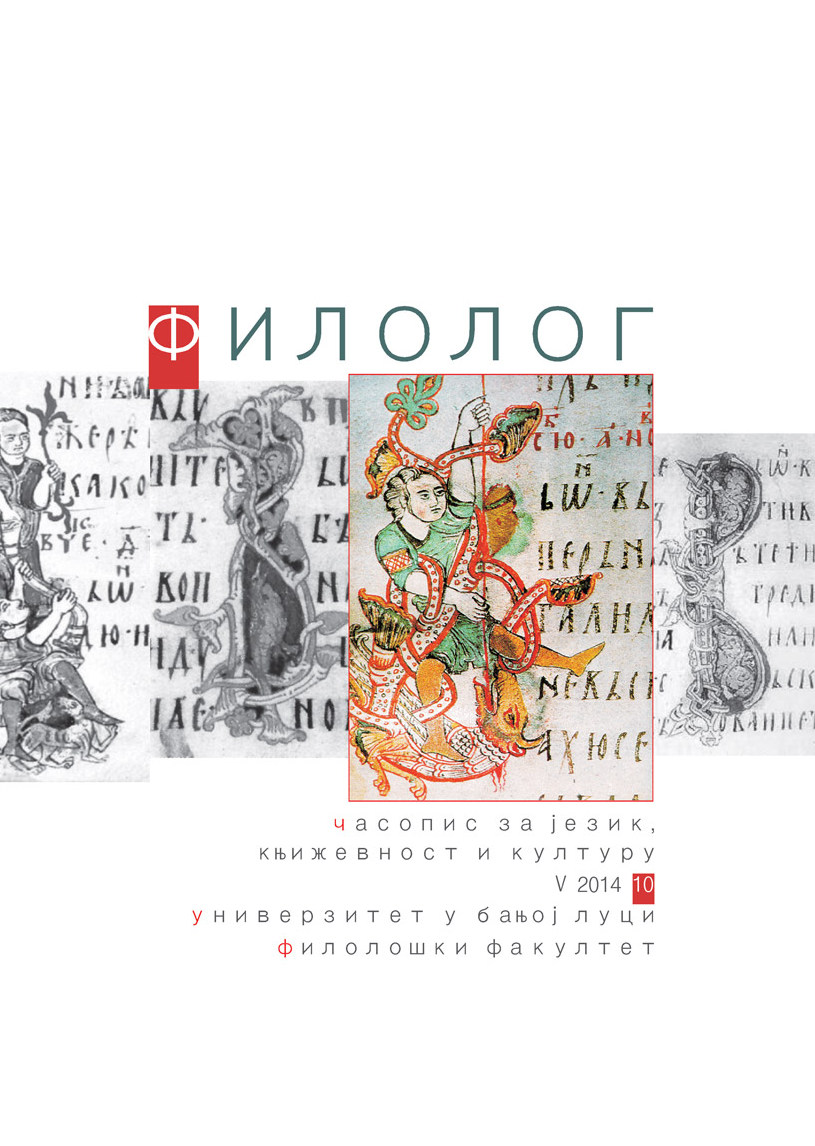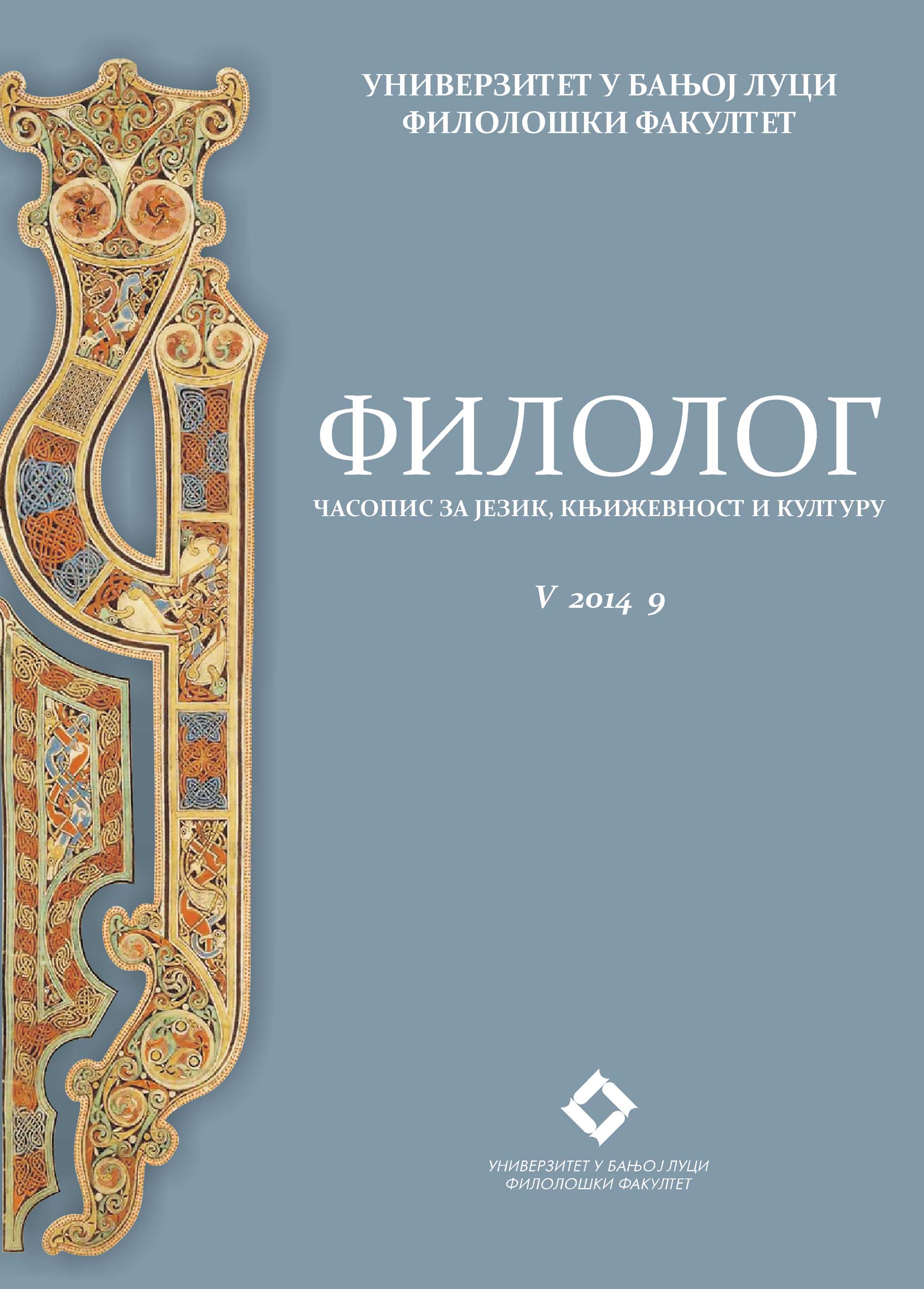Author(s): Robertas Stunžinas / Language(s): Lithuanian
Issue: 24/2017
This article discusses the meanings, origin, synonymy and variations of EU cyber security terms with compound kibernetinis, (-ė) (cyber). The analysis shows that cyber security terms in most cases denote harmful actions and harmful activities or defence actions or defence measures: kibernetinė vagystė (cybertheft), kibernetinis terorizmas(cyberterrorism), kibernetinė gynyba (cyber defence), kibernetinių incidentų pratybos(cyber incident exercises), kibernetinis išteklius (cyber assets). Relatively rarely terms are used to denote persons and their characteristics: kibernetikos ekspertas (cyber expert), kibernetinis šnipas (cyberspy), kibernetinio saugumo įgūdžiai (cybersecurity skills).From the point of view of its origin, cybersecurity terminology is heterogenous. It can be concluded that the majority of cyber security terms are borrowed from warfare and forensics: kibernetinis karas (cyber war), kibernetinė kriminalistika (cyber forensics).Fewer terms are taken from ecology, health, physics, politics, economics, technology,computer science, geography, pedagogy and law: kibernetinė ekosistema (cyber ecosystem),kibernetinė higiena (cyber hygiene), kibernetinio saugumo atsparumas (cyber securityresilience), kibernetinė diplomatija (cyber diplomacy), kibernetinis išteklius (cyber assets),kibernetinio saugumo subjektas (cybersecurity entity), kibernetiniai gebėjimai (cyber skills).The majority of Lithuanian cyber security terms can be considered as calques – qualitative characteristics of more than a half of the Lithuanian terms analyzed completely match with the characteristics of English terms: kibernetinė politika – cyber policy,kibernetinė rizika – cyber risk, kibernetinio saugumo sistema – cyber security systems. Not matching terms have differences in number and meaning of components: dialogaskibernetikos klausimais – cyber dialogue, atkūrimas po kibernetinio incidento – cyber recovery,kibernetinis išteklius – cyber assets.In Lithuanian cybersecurity terminology clarity is the principal consideration therefore longer and non-metaphorical equivalents compared to English terms are used: atkūrimaspo kibernetinio incidento – cyber recovery, kibernetinio saugumo priemonės irtechnologijos – cybersecurity capabilities, grėsmių kibernetiniam saugumui kitimas – cybersecuritythreat landscape. Half of the analyzed terms have synonyms: elektroninė diplomatija– kibernetinė diplomatija – skaitmeninė diplomatija (cyber diplomacy, e-diplomacy,digital diplomacy), kibernetinis nusikaltėlis – kibernetinis užpuolikas (cyber attacker).Synonymy of cyber security terminology is characterized by variety and synonyms could have been caused different time of usage or by aim for the intention to createan appropriate form of expression. Cyber security terminology is a new terminology and is characterized by variety ofexpression. Quite a lot other cyber security terms are used in on-line publications. Inon-line publications instead of borrowed or mixed terms Lithuanian terms are used:kibernetinis puolimas, kibernetinis žvalgas, kibernetinis įvykis. Some cyber security terms have non-typical structure and are used with component kiber(-): kiberginklas,kiberveiksmas, kiber ataka.
More...
